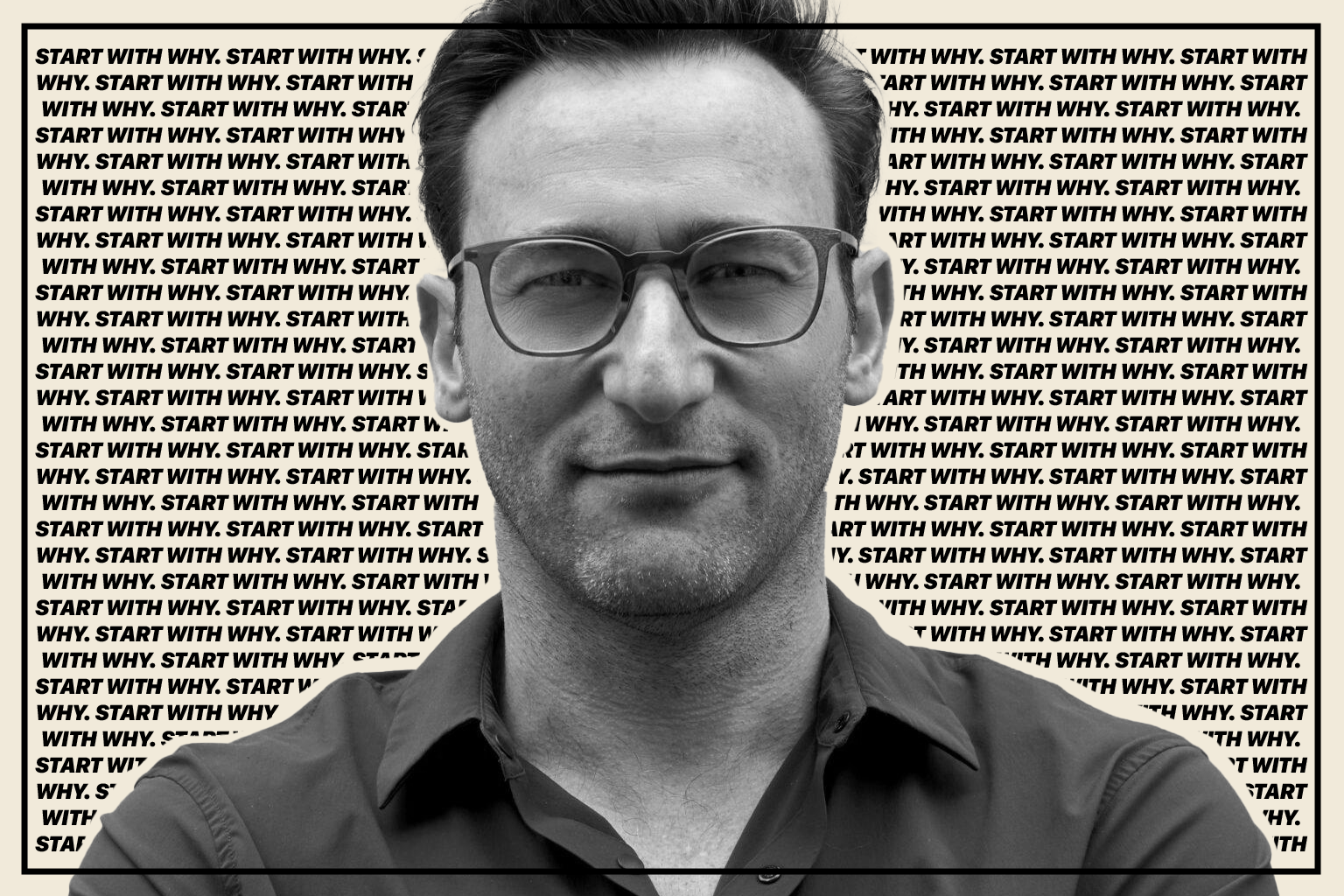
Why Before What
Every executive can tell you what their company does. Most can explain how they do it differently. But ask them why—truly why their organization exists beyond making money—and watch the room go quiet.
Simon Sinek’s Golden Circle theory, introduced in his 2009 TED talk, exposes this uncomfortable truth: most businesses communicate from the outside in, leading with products and features. The companies that inspire loyalty, command premium pricing, and attract top talent do the opposite. They start with why.
Architecture of Influence
The Golden Circle consists of three layers. At the center sits Why—your purpose, the belief that drives you. The middle ring is How—the methods and values that distinguish your approach. The outer edge is What—the tangible products or services you deliver.
Traditional marketing marches outward: “We make X product with Y features, and it’s better because of Z.” This speaks to the rational brain, the neocortex, where decisions are analyzed but not felt.
Sinek’s insight is neurological. The limbic system, which governs emotion, trust, and decision-making, has no capacity for language. When you lead with Why, you bypass rational defenses and speak directly to the part of the brain where loyalty lives. People don’t just understand you. They feel you’re right.
The Apple Doctrine
Consider Apple’s approach. They’ve never led with specifications. The message has always been: “We challenge the status quo. We think differently. Want to join us?” The computers, phones, and watches are merely artifacts of that belief.
This is why Apple devotees queue overnight for product launches. They’re not buying superior hardware—they’re buying identity, belonging, and a worldview. The What is interchangeable; the Why is magnetic.
Contrast this with most technology companies, which trumpet processor speeds and screen resolutions. They compete on features, which means competing on price. Apple competes on meaning.
The Biology of Belief
Sinek draws on the structure of the human brain to explain why this works. The neocortex handles rational thought and language—the What and How. But the limbic brain, responsible for feelings and decision-making, processes the Why.
This explains why customers often can’t articulate why they chose one brand over another. “It just feels right,” they say. That’s the limbic system talking. When your messaging starts with Why, you create gut-level resonance that rational arguments can’t match.
This also clarifies why manipulations—discounts, fear-based marketing, aspirational messaging—produce transactions but not loyalty. They target the wrong part of the brain.
The Leadership Imperative
For business leaders, the implications are structural. Your Why isn’t a tagline or a paragraph in the annual report. It’s the filter for every decision: hiring, product development, partnerships, market expansion.
Southwest Airlines’ Why is democratizing air travel. This belief drives their operational How—no assigned seats, point-to-point routes, single aircraft type—and their What—affordable flights. When they considered adding premium seating, they didn’t analyze competitor pricing. They asked whether it served their Why. It didn’t. They didn’t do it.
Companies that lose sight of their Why drift into feature wars and price competition. They optimize for quarterly results and wake up indistinguishable from competitors.
Finding Your Why
Most organizations have a Why, even if they’ve forgotten it. It’s rarely the sanitized version in the mission statement. It’s the reason the founder started the company at three in the morning, risking everything.
The test is simple: If your Why could apply equally to a competitor, it’s not your Why. “To be the best” or “to innovate” means nothing. A genuine Why is specific, belief-driven, and inarguable. It’s not subject to market research because it exists independent of the market.
The hard part isn’t finding your Why. It’s having the discipline to let it shape every decision, especially when that conflicts with short-term gains.
The Competetive Moat
In an era of commoditization and infinite choice, Why is the last sustainable advantage. Products can be copied, talent can be poached, pricing can be undercut. Purpose can’t be replicated because it’s not a strategy—it’s an identity.
The companies that will dominate the next decade aren’t those with the best technology or the largest market share. They’re the ones that give people a reason to care. Not a rational reason. A felt reason.
Your customers don’t buy what you do. They buy why you do it. The question is: Do you know what that is?
You may also like
You Are What You click
Modern conspicuous consumption
How To Talk To AI
The business leader's guide to AI orchestration
Coal, Carbon, and Computers
Climate Cost of the Digital Age



